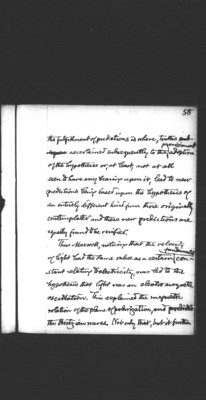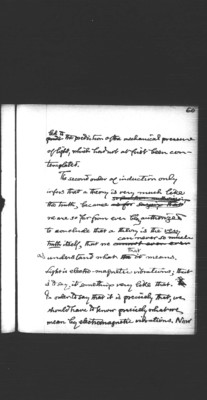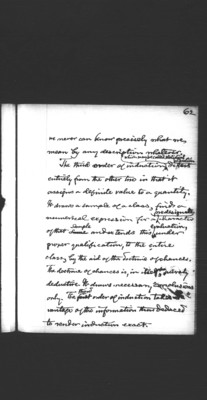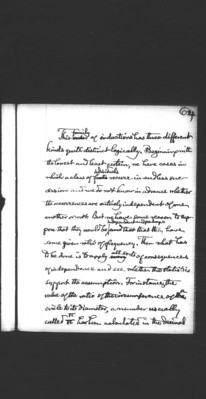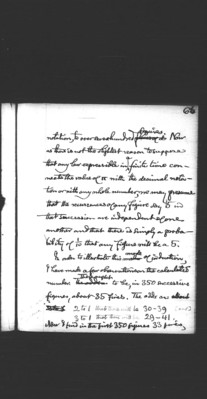Pages
31
58
the fulfillment of predictions is where truths ascertained subsequently to the provisional adoption of the hypothesis or, at least, not at all seen to have any bearing upon it, lead to new predictions being based upon the hypothesis of an entirely different kind from those originally contemplated and these new predictions are equally found to be verified.
Thus Maxwell, noticing that the velocity of light had the same value as a certain fundamental constant relating to electricity, was led to the hypothesis that light was an electromagnetic oscillation. This explained the magnetic rotation of the plane of polarization, and predicted the Hertzian waves. Not only that, but it further
32
60
led to the prediction of the mechanical pressure of light, which had not at first been contemplated.
The second order of induction only infers that a theory is very much like the truth, because we are so far from ever being authorized to conclude that a theory is the very truth itself, that we can never so much as understand what that means. Light is electro-magnetic vibrations; that is to say, it [is] something very like that. In order to say that it is precisely that, we should have to know precisely what we mean by electro-magnetic vibrations. Now
33
62
we never can know precisely what we mean by any description whatever.
The third order of induction, which may be called Statistical Induction, differs entirely from the other two in that it assigns a definite value to a quantity. It draws a sample of a class, finds a numerical expression for a predesignate character of that sample and extends this evaluation, under proper qualification, to the entire class, by the aid of the doctrine of chances. The doctrine of chances is, in itself, purely deductive. It draws necessary conclusions only. The third order of induction takes advantage of the information thus deduced to render induction exact.
34
64
This family of inductions has three different kinds quite distinct logically. Beginning with the lowest and least certain, we have cases in which a class of individuals recur in endless succession and we do not know in advance whether the occurrences are entirely independent of one another or not. But we have some reason to suppose that they would be independent and perhaps that they have some given ratio of frequency. Then what has to be done is to apply all sorts of consequences of independence and see whether the statistics support the assumption. For instance, the value of the ratio of the circumference of a circle to its diameter, a number usually called π has been calculated in the decimal
35
66
notation, to over seven hundred figures. Now as there is not the slightest reason to suppose that any law expressible in a finite time connects the value of π with the decimal notation or with any whole number, we may presume that the recurrences of any figure say 5 in that succession are independent of one another and that there is simply a probability of 1/10 that any figure will be a 5.
In order to illustrate this mode of induction, I have made a few observations on the calculated number. There ought to be, in 350 successive figures, about 35 fives. The odds are about 2 to 1 that there will be 30-39 [and] 3 to 1 that there will be 29-41. Now I find in the first 350 figures 33 fives,
